German Resources
German Resources
German Lessons
German Lessons
Courses & Classes
Courses & Classes
Vocabulary
Vocabulary
School
School
Downloads
Downloads
Sections
Latest
Let's learn how to answer 'Where ...' and 'Where to ...' questions, in German!
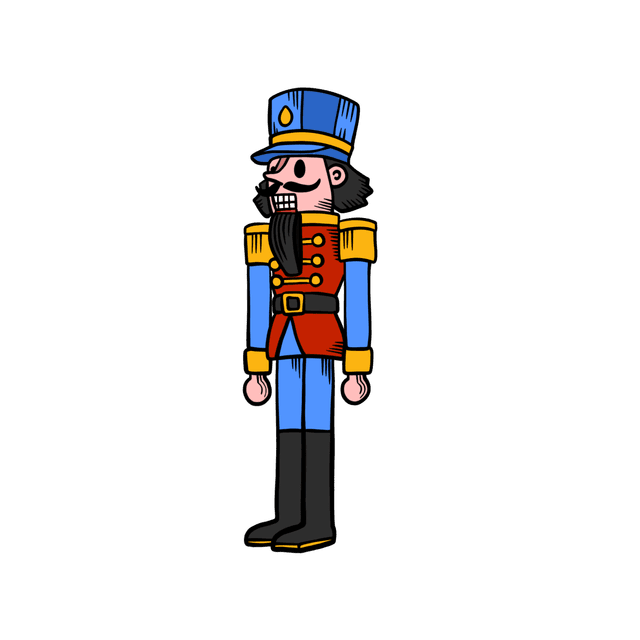
Prepositions are words that describe the location of a noun in relation to another noun.
Der Nussknacker ist...

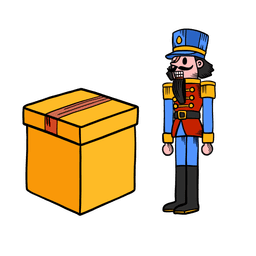
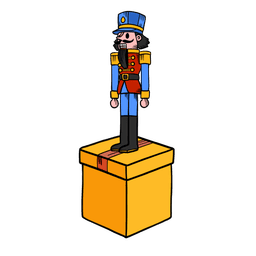
They are used to answer Whereand Where to questions.
| English | German | Question | Answer |
|---|---|---|---|
| Where | Wo | Wo ist der Nussknacker? | Der Nussknacker ist in dem Karton. |
| Where to | Wohin | Wohin geht der Nussknacker? | Der Nussknacker geht in den Karton. |
Have a look at the table below:
| Case | Preposition |
|---|---|
| Dative | ab, zu, bei, von, aus, gegenüber |
| Accusative | bis, durch, für, ohne, gegen, um |
| Two-way | in, an, auf, neben, hinter, über, unter, vor, zwischen |
Prepositions are categorized into three types in German:
When a dative preposition is used (like aus), the following noun will be in the dative case.
When an accusative preposition is used (like durch), the following noun will be in the accusative case.
Two-way prepositions (like auf, in, an) can take either the dative or accusative case depending on whether you are answering a Wo or Wohin question:
| Wo | auf + dative | English Translation |
|---|---|---|
| Wo ist die Katze? | Die Katze ist auf dem Tisch. | The cat is on the table. |
| Wohin | auf + accusative | English Translation |
|---|---|---|
| Wohin klettert die Katze? | Die Katze klettert auf den Tisch. | The cat climbs onto the table. |
Take a look at the sentences below. Which sentences answer a Wo question, and which Wohin?
Remember:
| Wo | static location | → use dative |
| Wohin | movement / direction | → use accusative |
Click on your guess, to reveal the answer.
Well done! 🎉
Let's continue with one more exercise.
Take a look at the images in the table below. Then, complete each sentence underneath it, by selecting the correct preposition.
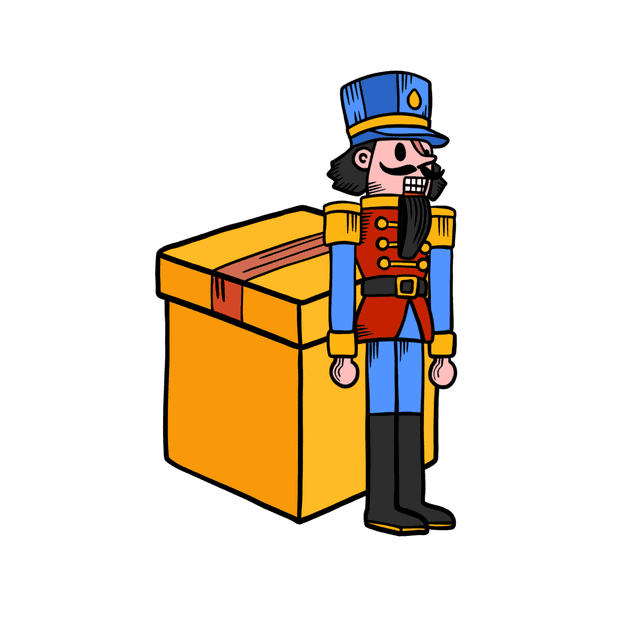
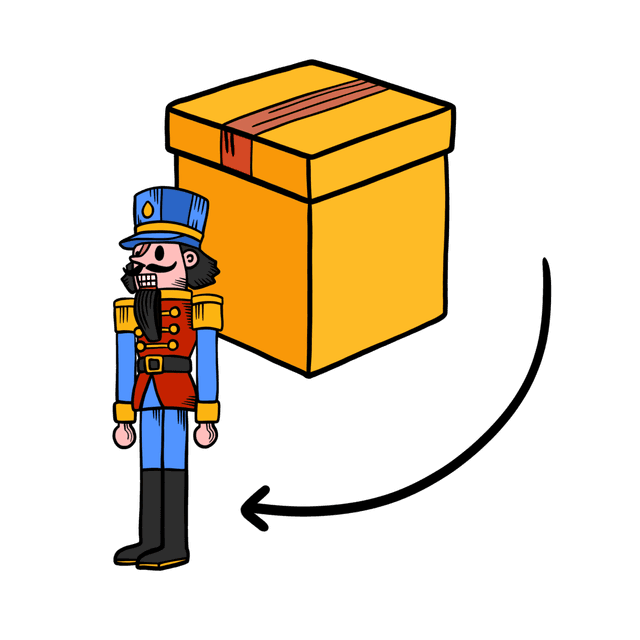
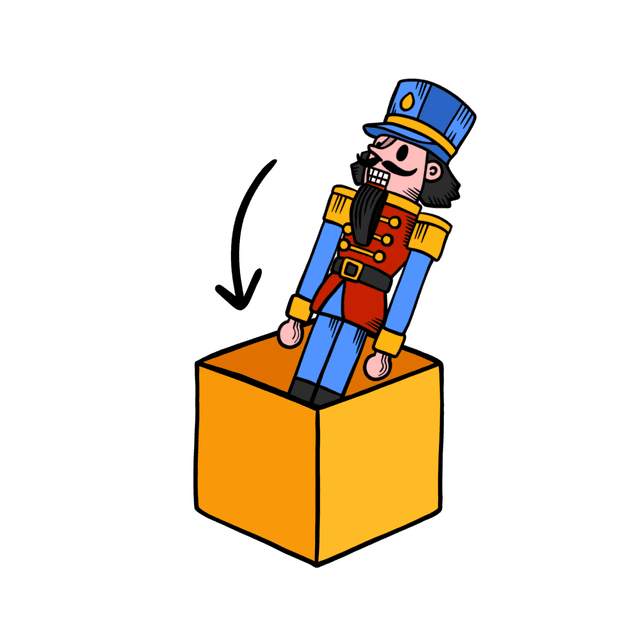
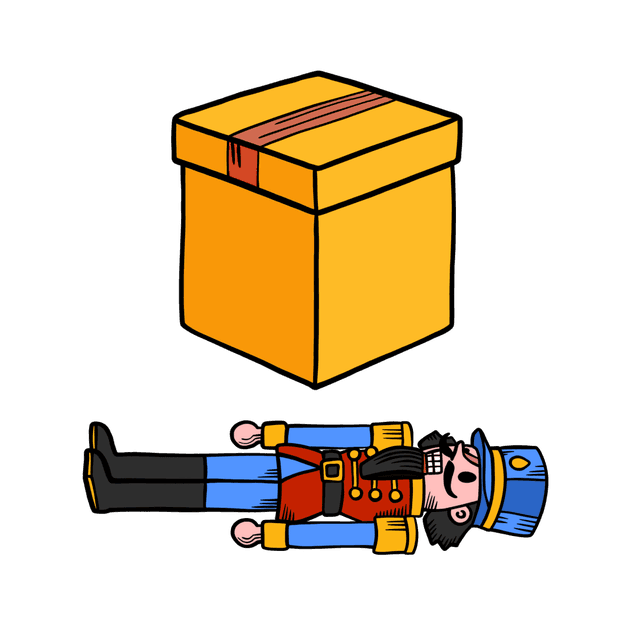
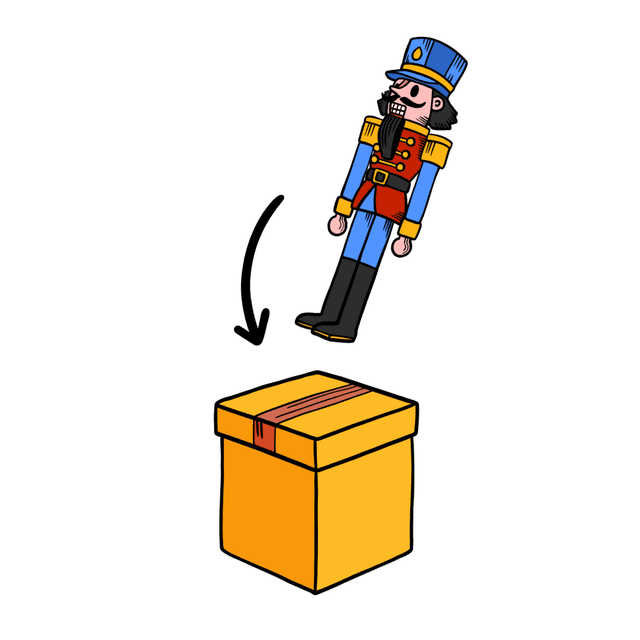
Well done! 🎉
You’ve started using prepositions of place in your sentences!
And with this last lesson, you’ve finished the beginner course! 🎉 Great job!

For more learning resources, check out Easy German Reading to continue practicing your skills.